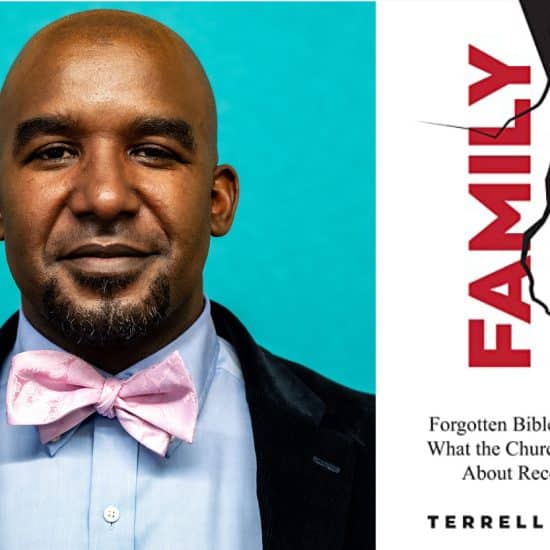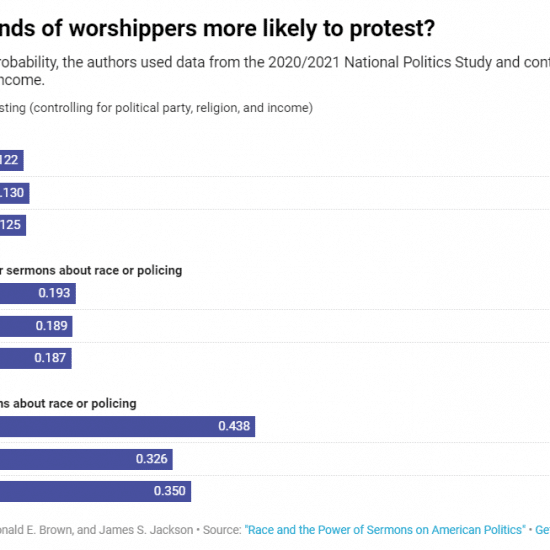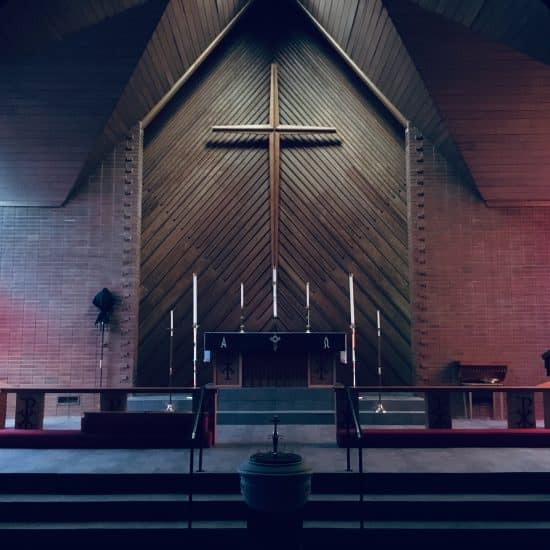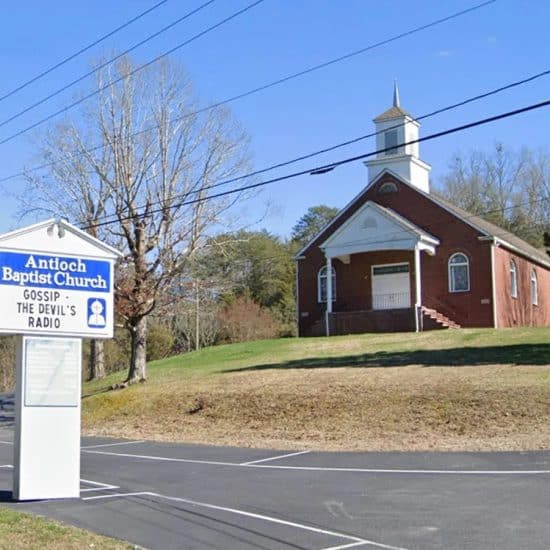Whether the founding pastor of a church matures with the congregation or moves on once the new work is well established depends on a host of factors, according to three church-growth and church-planting experts.
And either the initial focus on which the church started or the pastor must change for the church to move forward, the three believe.
Most new work begins with a target audience or with a church planter’s passion or vision, noted Paul Atkinson, director of church starting with the Baptist General Convention of Texas.
“There are two types of planters—those who get a vision or a passion for a people group and those who start with a planting style and look for a group,” he said.
Atkinson sees two patterns of length of service, as well—those who plant a church, stay until it’s established and then move on, and those who remain with the congregation for the long term.
“It’s more the rarity that the pastor stays more than 10 years,” he said. “Many times, it’s the guy who comes second who takes it to a new height because he has a different skill set.”
The minister instrumental in getting a new work started can get caught in the “founder’s trap,” said Baptist General Association of Virginia Associate Executive Director Glenn Akins. A church passes through growing stages—birth, infancy, childhood, adolescence and adulthood.
Sometimes the pastor “hits a snag” during the church’s adolescent stage, Akins explained, and often seeks or attempts to leave.
The minister may be ready to retire, may feel he no longer is able to work with the congregation or has the skills needed to move it forward, or wants to move in a different direction. Or the congregation may feel it needs a different skill set, he added.
Attitudes about ministry objectives, rather than concerns over age, seem to determine whether and how long a pastor and congregation work together.
Should a new work’s initial ministry focus change as the pastor and the founding members age?
Not necessarily.
If the initial ministry is to reach a specific age group—young adults, for example—the target might change. The founding group will age naturally and will be about five to 10 years older than new members reached, noted Larry McSwain, associate dean of the doctor of ministry program and professor of leadership at Mercer University’s McAfee School of Theology.
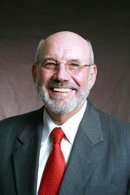
Larry McSwain
|
But each young adult group is different. “This decade’s 18- to 29-year-old group is shaped by different cultural realities than previous decades’ cohorts of the same age,” he added. “This does not mean the focus of the church’s mission should not continue to be on young adults. However, the strategies for doing that will change with each decade’s differing group.”
That’s why churches must constantly evaluate their ministry direction. “Building relationships is more important than setting goals. Thus, evaluation is helpful but must be continuous,” McSwain added. “What is necessary is that evaluation focus on more than numeric goals. … We might have fewer people and be more faithfully fulfilling the mission of God in the world.”
Atkinson noted ongoing evaluation often can show a new work core or church planter opportunities they may have missed. “The target sometimes changes … because God gives them a different group. Maybe they are attracting a different age group or another demographic,” he said.
The pastor either will adapt his ministry and lead the congregation to develop new strategies or will choose to begin another new work. “Church planting is more of an art than a science. … You’ve got to take the available resources and build a church on that,” Atkinson said.
Many church planters choose to begin a new work, allow someone else to take up the reins as leader and then begin another church in a different location. “They learn with the first plant and do better with the second,” he said. “And most repeat the same type of church.”
He related the story of a pastor who started a church among young adults when he was a young adult himself and then resigned to begin another. Now in his early 50s, he recently has begun a third, also among young adults. Reaching that age group is his passion, and he has used a seeker-friendly model.
“The 20-somethings group seems to be who he’s best able to reach, and he has adjusted his style to where the 20-somethings are in 2010,” Atkinson added. “He uses a co-pastor. That’s different than what he has done in the past. He’s staffing any age differences.”
Longevity also requires adaptability. A recent study of 10 churches in the Atlanta, Ga., area indicates the longer a pastor’s tenure, the stronger and larger the church be-comes.
“But to stay in a place longer than 10 years requires adjustments in style, relinquishment of control and development of teams of leaders some pastors do not have the capacity to accomplish. If one cannot, it is best to move on and replicate a church plant in another environment,” McSwain said.
The most important factor, he believes, is God’s plan. “There is a mutual vocation necessary for long-term pastors—a loving and supportive church and a forgiving and patient pastor,” he said.
“When that happens, the church takes on increasingly the personality of the pastor. When these factors are not in place, it is best to follow God’s leadership in another direction for both the pastor and people.”

